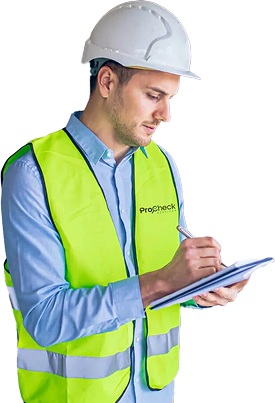Asbestos Air Monitoring
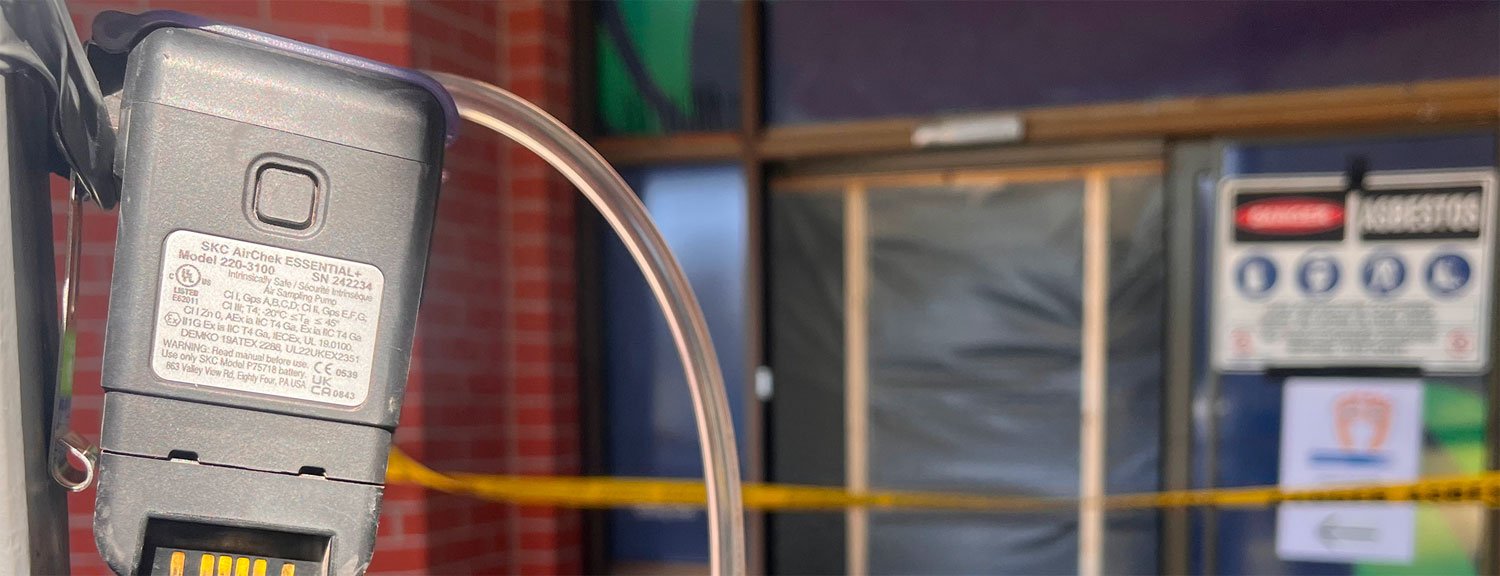
ProCheck Services
Asbestos Air Monitoring
What is Asbestos Air Monitoring?
Asbestos air monitoring is the process of checking airborne asbestos fibre levels before, during, or after asbestos-related works. Our Licensed Asbestos Assessors use calibrated air pumps and filters to collect samples, which are then analysed by a NATA-accredited laboratory. Results are compared against the regulatory limit of 0.01 fibres/mL to confirm whether the air is safe for reoccupation.
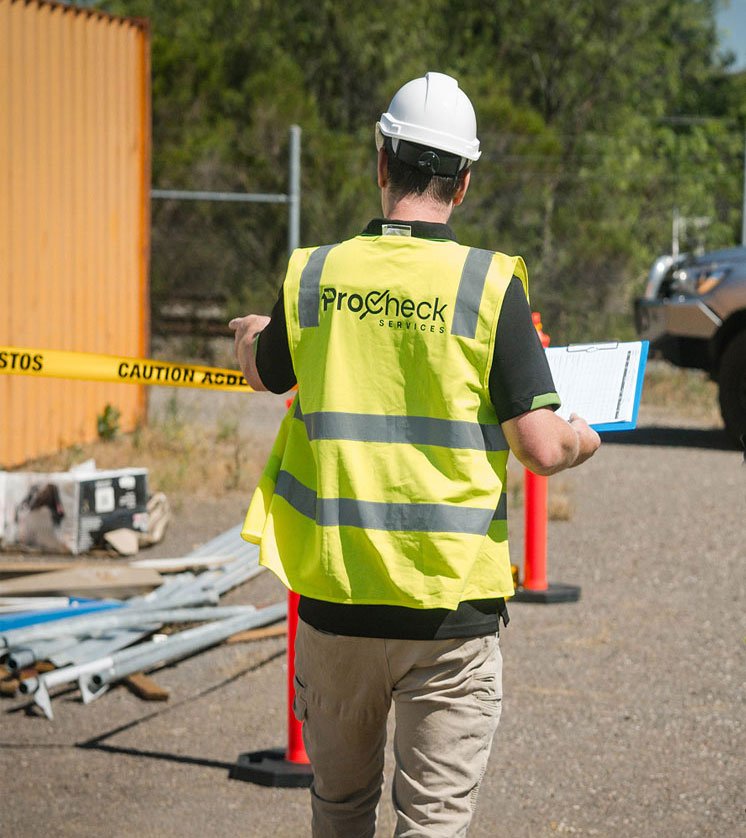
Our team follows best practice standards and complies with relevant legislation, including:
- NOHSC:3003 (2005) – Guidance Note on the Membrane Filter Method for Estimating Airborne Asbestos Fibres
- Occupational Health and Safety Regulations 2017 (VIC)
- Work Health and Safety Regulation 2017 (NSW) – specifically Chapter 8: Asbestos
- Code of Practice: How to Safely Remove Asbestos (SafeWork NSW, 2019)

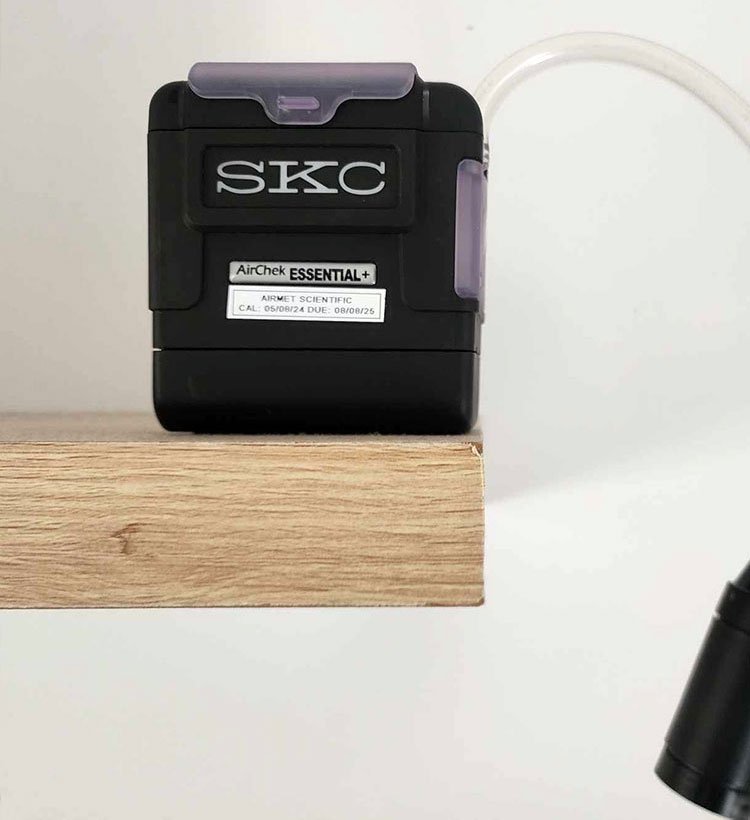
When is Air Monitoring Required?
Air monitoring is legally required for Class A (friable) asbestos removal and strongly recommended for certain Class B (non-friable) works, especially when:
- The work is conducted indoors
- There is a risk of disturbance to surrounding areas
- Sensitive environments are involved (e.g. hospitals, schools)
- Stakeholders or insurers request verification
Types of Air Monitoring We Provide
Under NOHSC:3003 (2005), four distinct types of asbestos air monitoring are recognised. ProCheck Services provides all four, depending on the nature of your project:
| Type of Monitoring | Purpose | When It’s Used |
|---|---|---|
| Background Monitoring | To establish the normal airborne fibre levels prior to asbestos work | Conducted before any asbestos removal or disturbance to determine baseline air quality |
| Control Monitoring | To detect asbestos fibres that may escape the removal area or enclosure | During friable (Class A) removal where negative pressure enclosures are used, and during non-friable (Class B) removal at site boundaries or adjacent areas to confirm fibres are not escaping the work zone |
| Clearance Monitoring | To confirm the area is safe for reoccupation following asbestos removal | After final visual inspection and cleaning of the work area (particularly for Class A removal), prior to re-entry, reoccupation, or demolition |
| Personal Exposure Monitoring | To measure the airborne asbestos fibre exposure of individual workers | During asbestos removal activities, especially in high-risk environments or where required by the employer |
Why Choose ProCheck Services?
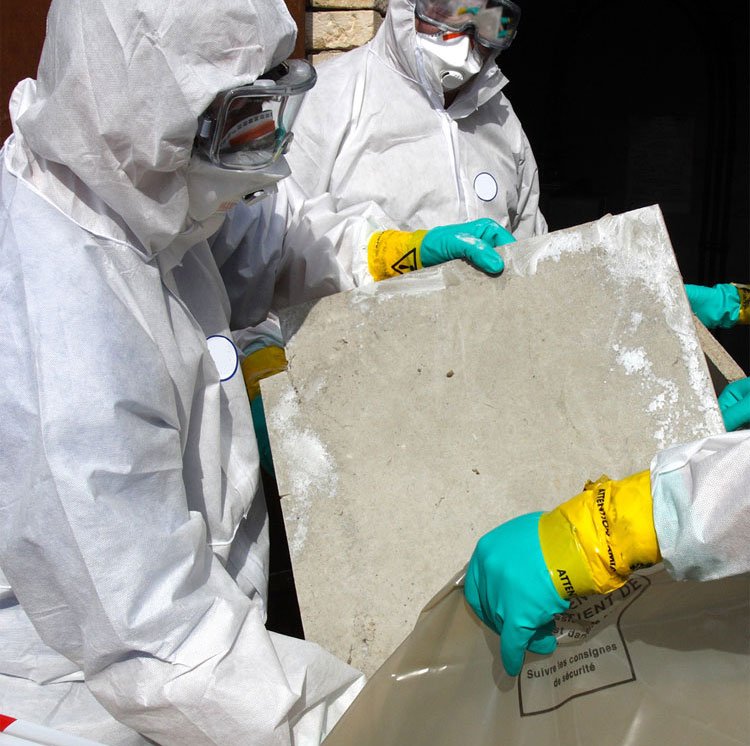
- Licensed Asbestos Assessors
- NATA-Accredited Laboratory Analysis
- Fast Turnaround of Results
- Detailed Reporting with Compliance Documentation
- Servicing Regional Victoria & Melbourne
